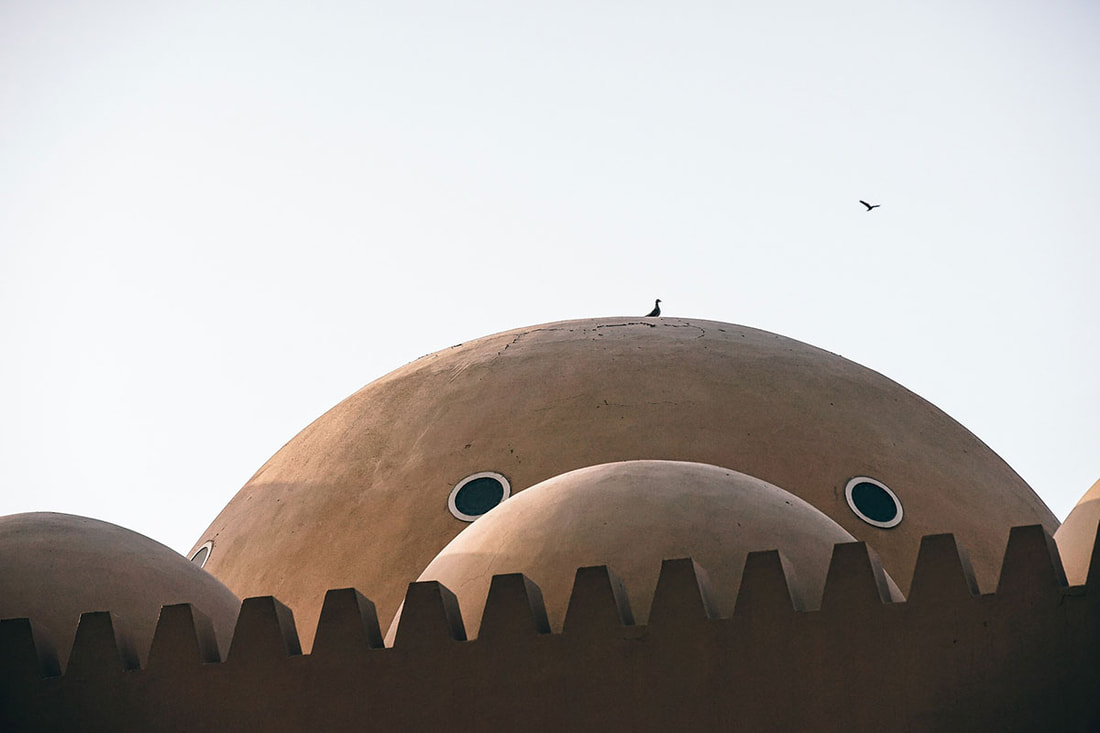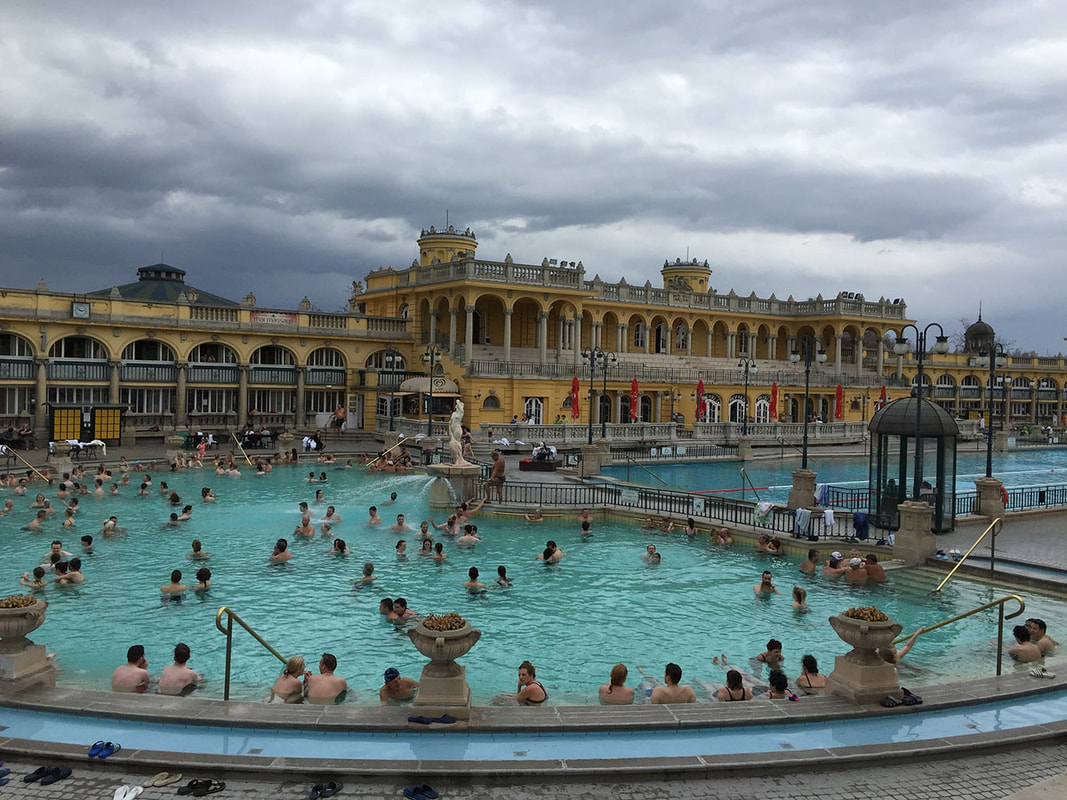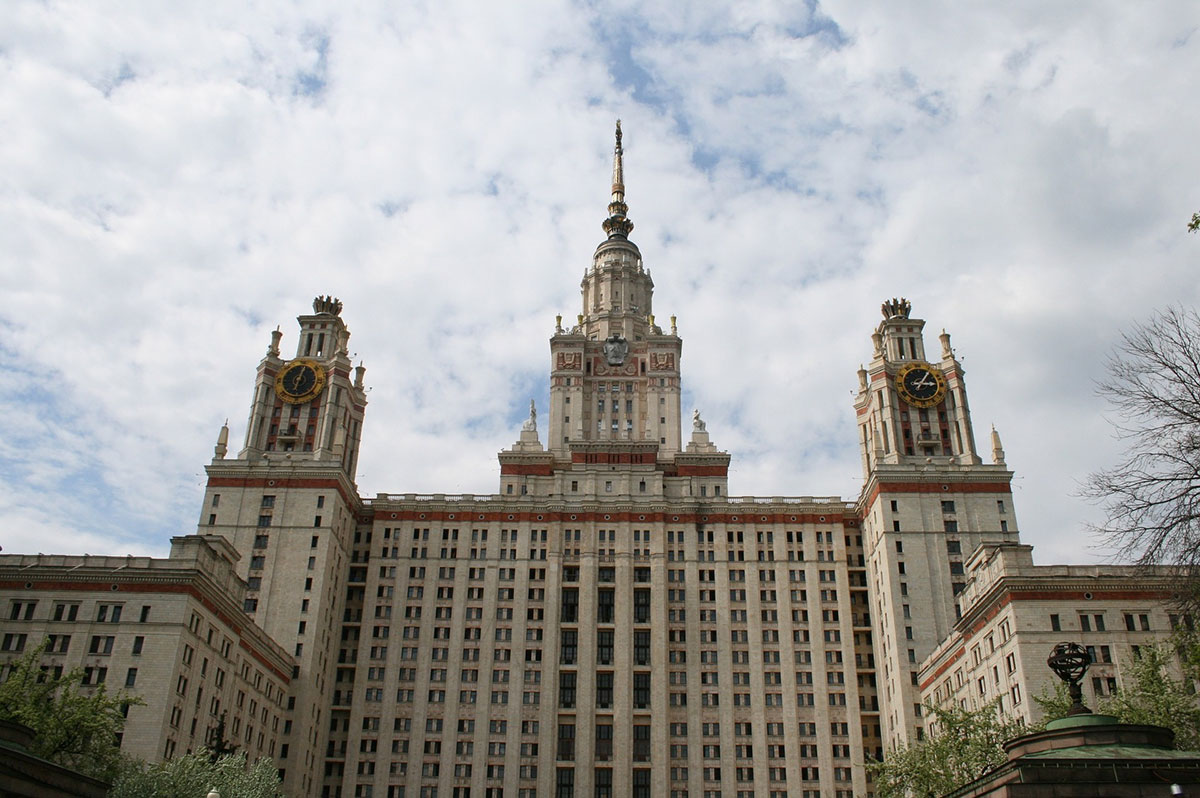|
When you visit a new place, it’s easy to walk around admiring the beautiful and unique architecture without understanding the significance of what you’re seeing. However, architecture is an art form, and like any era of art, the buildings built at a particular time reflect the values and happenings of their day. This week, we’re headed to Budapest, Hungary, to examine three styles of architecture that you’ll find in the Queen of the Danube. Ottoman (Turkish) Architecture Budapest’s history tells a long tale of invasion, occupation, and rebellion. Beginning in the early 1500s, the Turks invaded Hungary and this nation became part of the Ottoman and Habsburg Empires. As a result of the Turkish occupation, Buda contains several mosques and baths with Byzantine-inspired and Islamic architecture. There are a wealth of geothermal springs flowing beneath Budapest, so the Turks took advantage of this natural feature by building traditional hammams with cupola domes and octagonal pools filled with fresh thermal water. Baroque Architecture The presence of Baroque architecture in Budapest is less an indication of outside political influence than it is a testament to religious influence. Baroque originated in Rome in the late 16th century and it was popularized by the Catholic church. Its rise was connected with the Counter-Reformation, which was a response to the Protestant Reformation. Baroque architecture was a way of displaying the wealth and power of the Catholic church, which can be seen in the enormous domes, staggering colonnades, and dramatic contrasts in color and light. Budapest’s Church of St. Anna and Széchenyi Baths are two notable examples of this style. Socialist Classicism Architecture After WWII and up until 1989, Hungary was within the Soviet sphere of influence. As a result, new buildings built during this time reflected the ideology. Those built for common people are very similar: bold, basic, and cubed structures made of concrete. The locals call them Panelház, which is Hungarian for “panel houses.”
Take a look at the buildings intended for display, though, and you’ll get a different picture. These may be decorated with communism-inspired art, such as depictions of workers happily doing their duties, but they often still possess that symmetric and ruthlessly linear appearance. They represented a distinct break from Modernism, which was popular in the Western world at the time. All buildings tell a story. What forgotten memories will you uncover on your next stroll around town?
0 Comments
Your comment will be posted after it is approved.
Leave a Reply. |
Author: Debra HarrisAs founder of Life’s Journey Travel, I’m deeply passionate about creating custom travel experiences that allow my clients to truly savor the journey. Categories
All
Archives
February 2023
|
Quick Links |
Life’s Journey Travel, an independent affiliate of Gifted Travel Network — a Virtuoso® Member
|
Copyright © 2016-2022 | Lifes Journey Travel | Privacy | Terms of Use
Website by markrobinson.biz





 RSS Feed
RSS Feed



